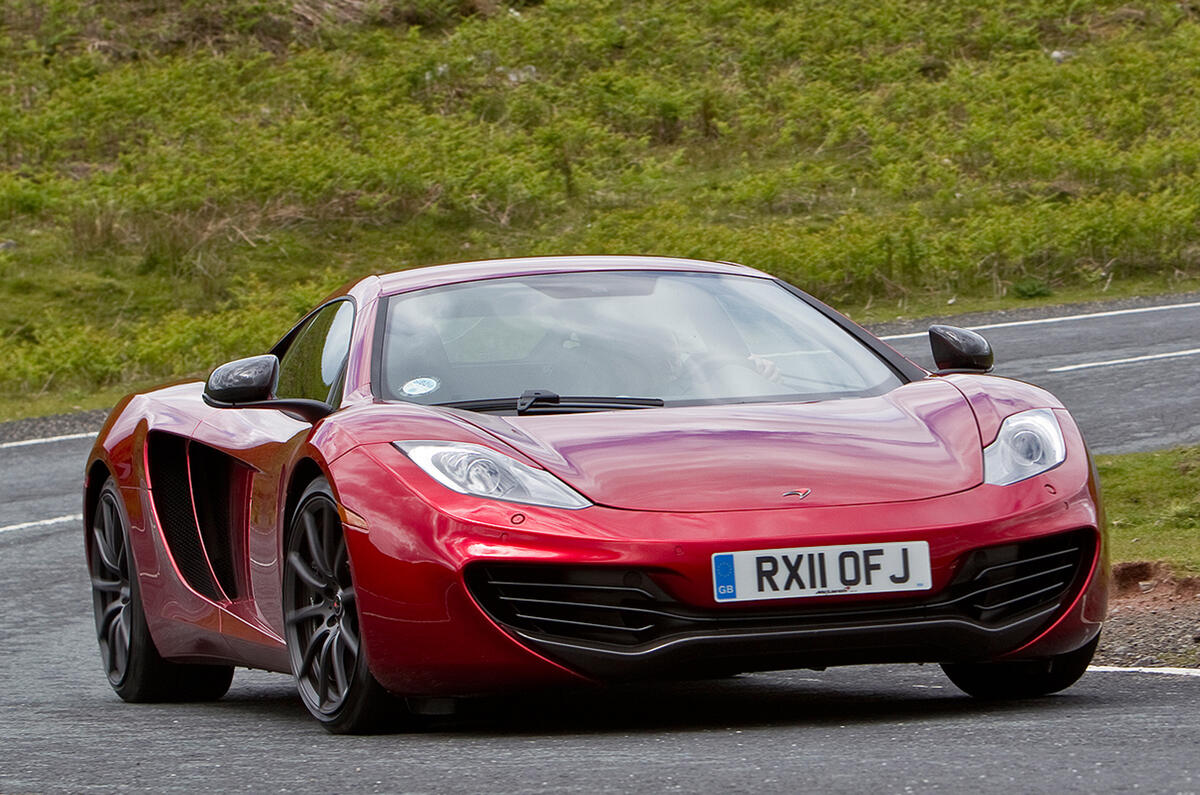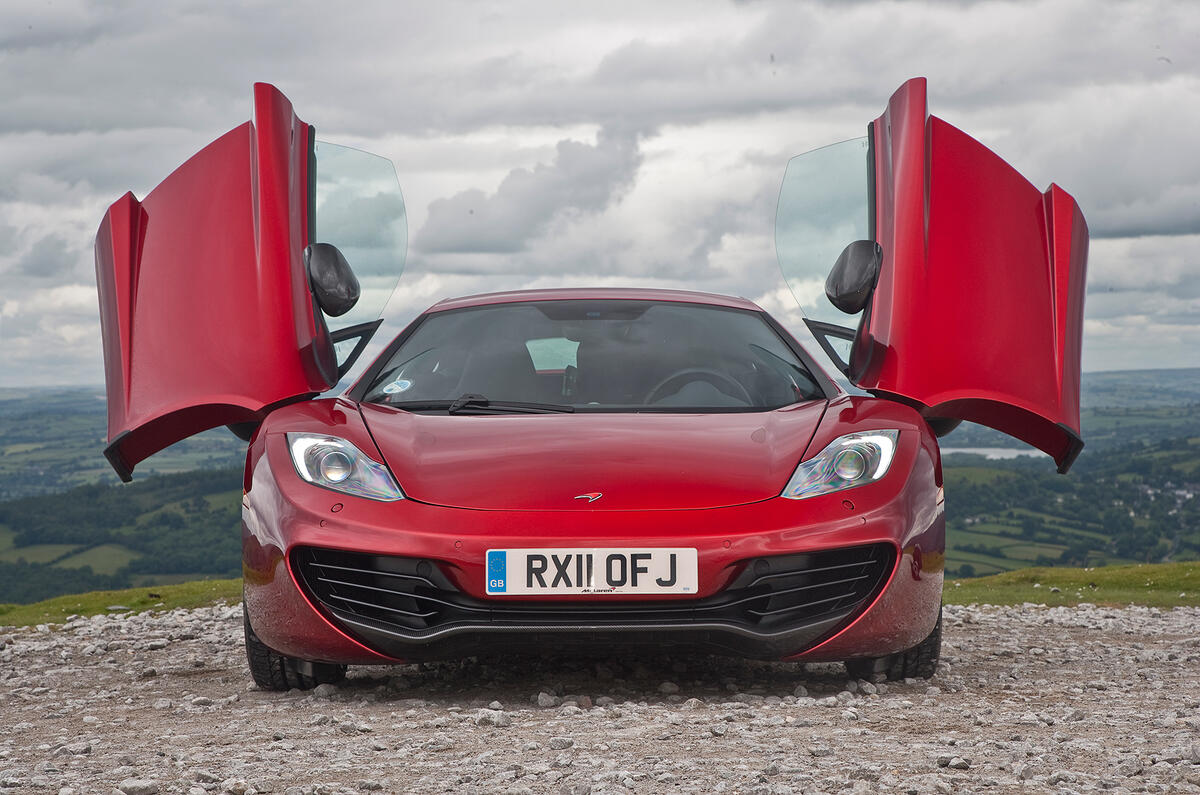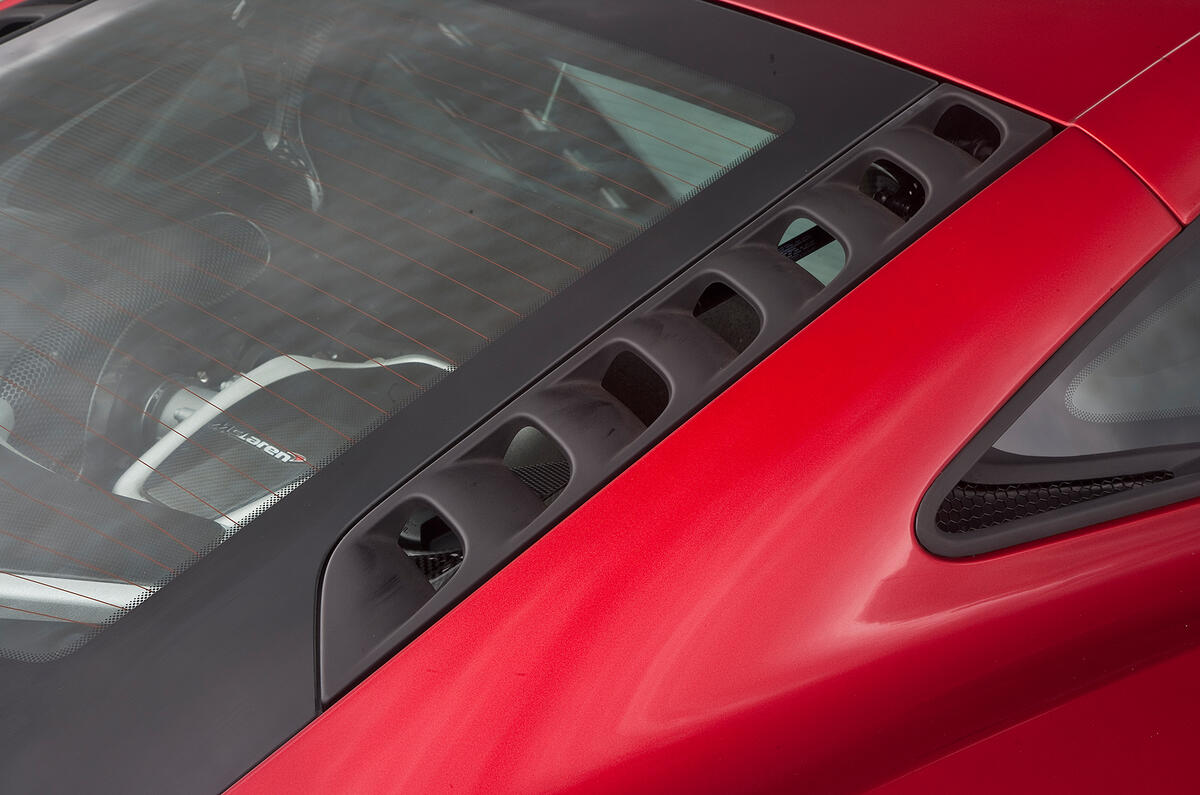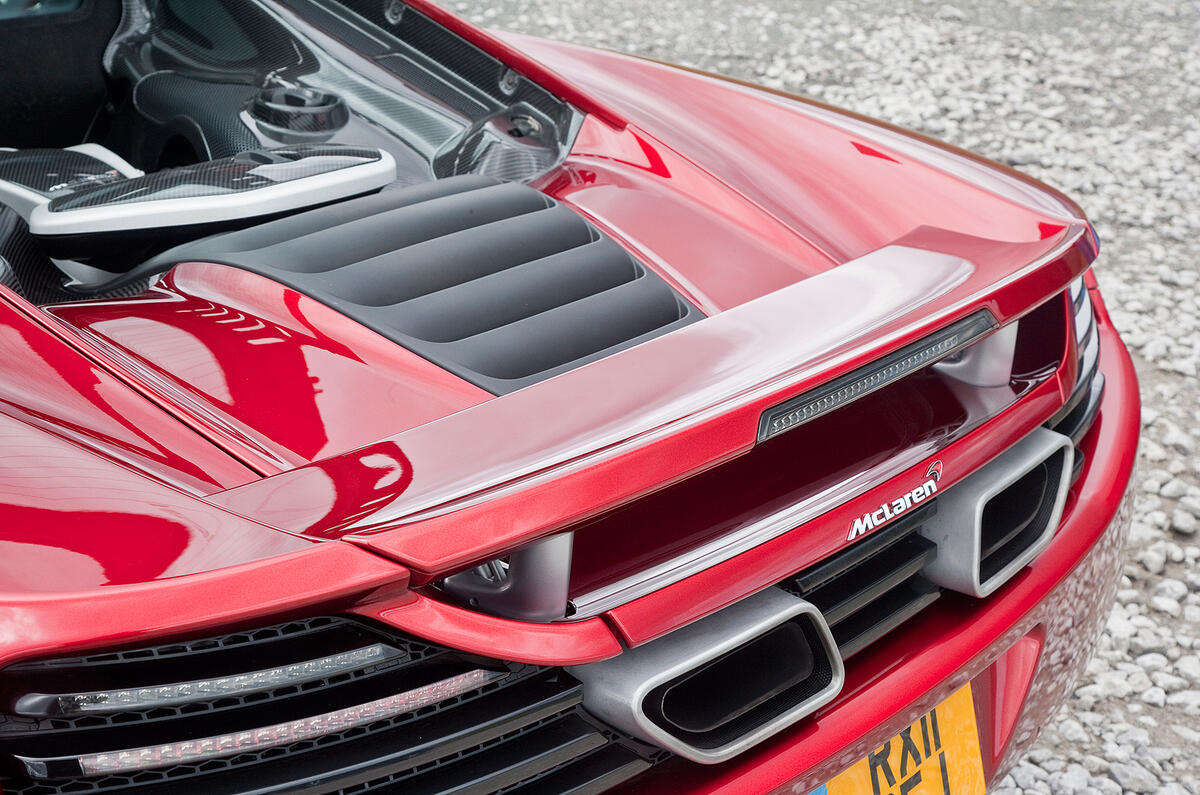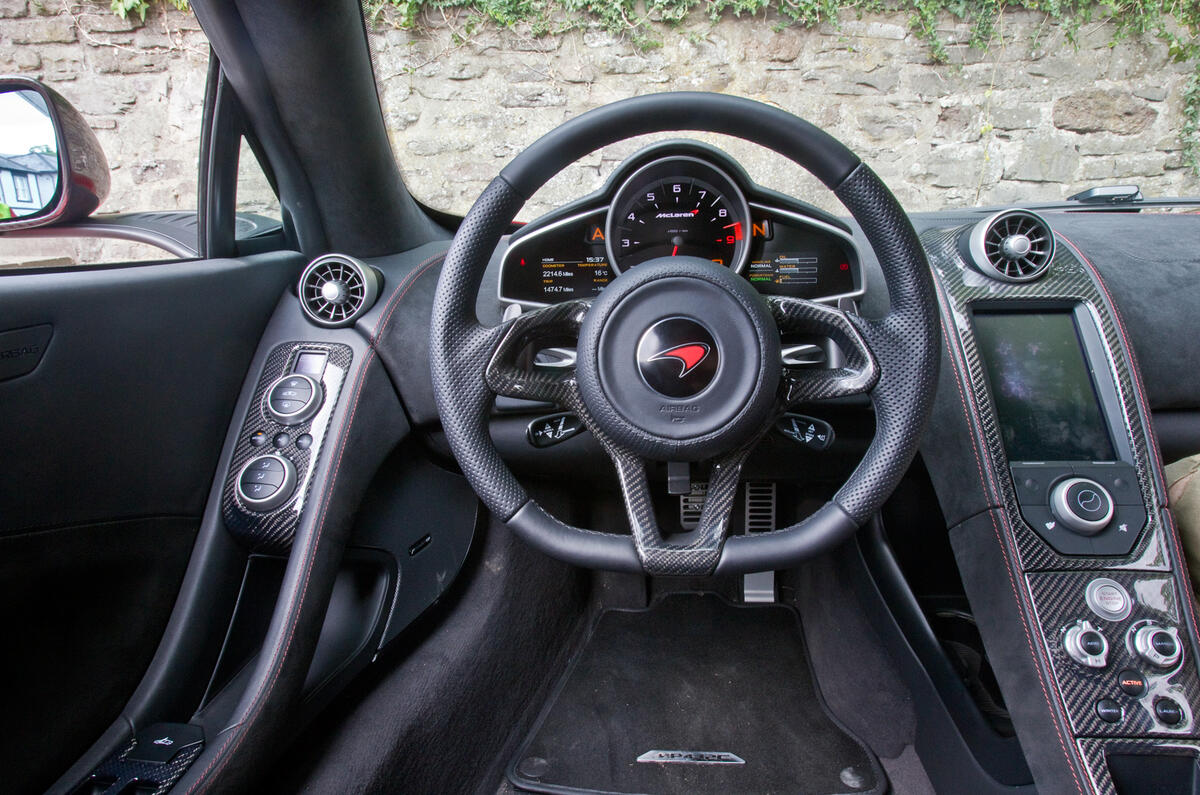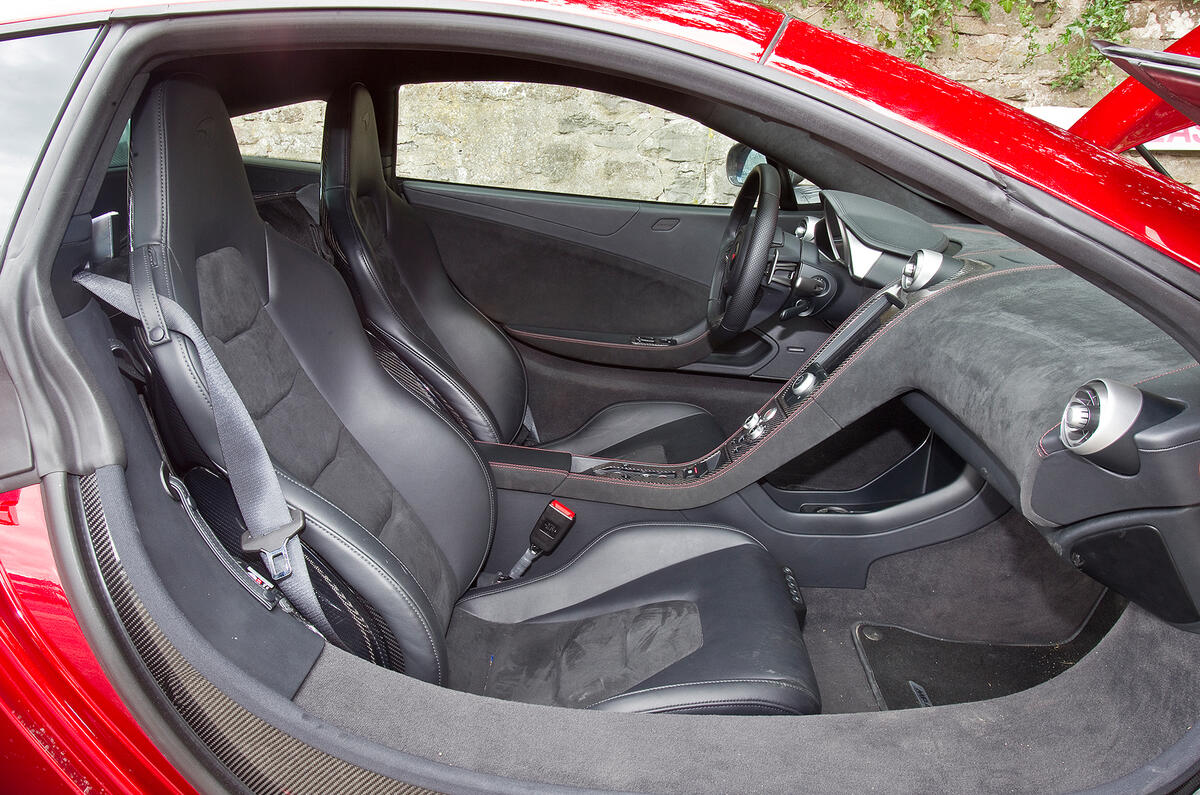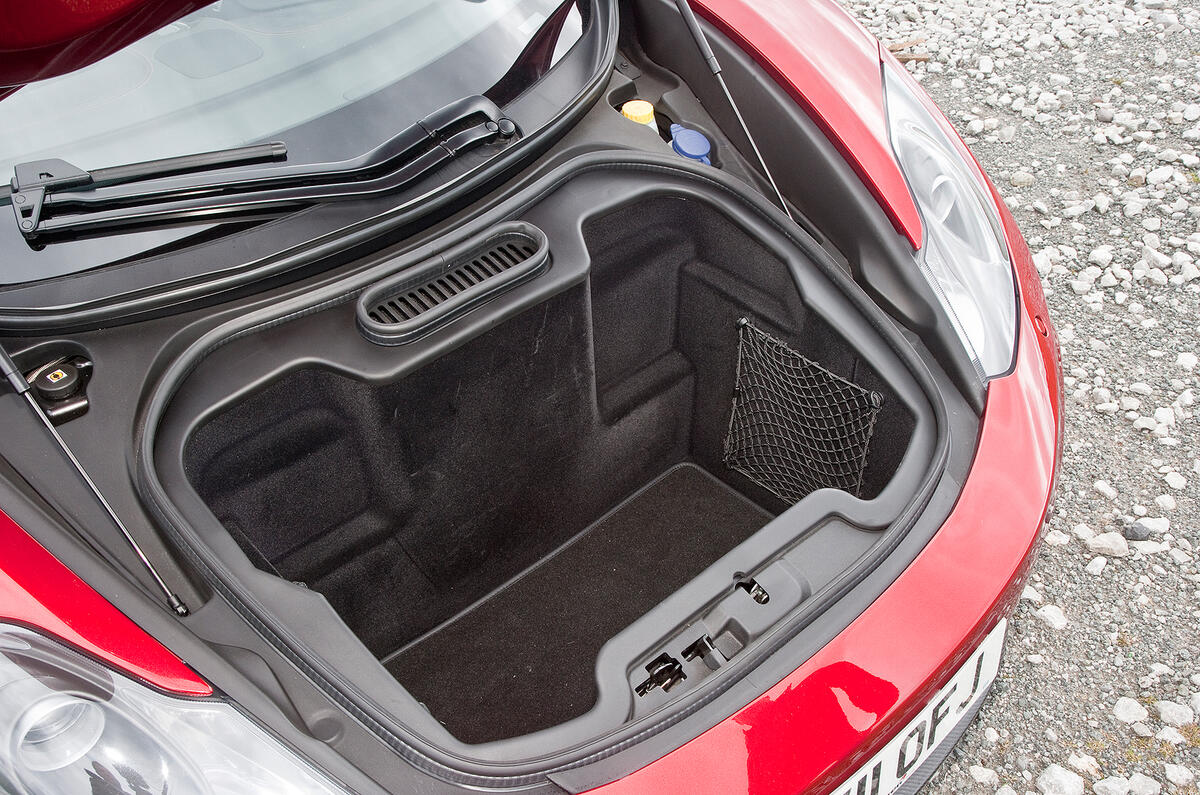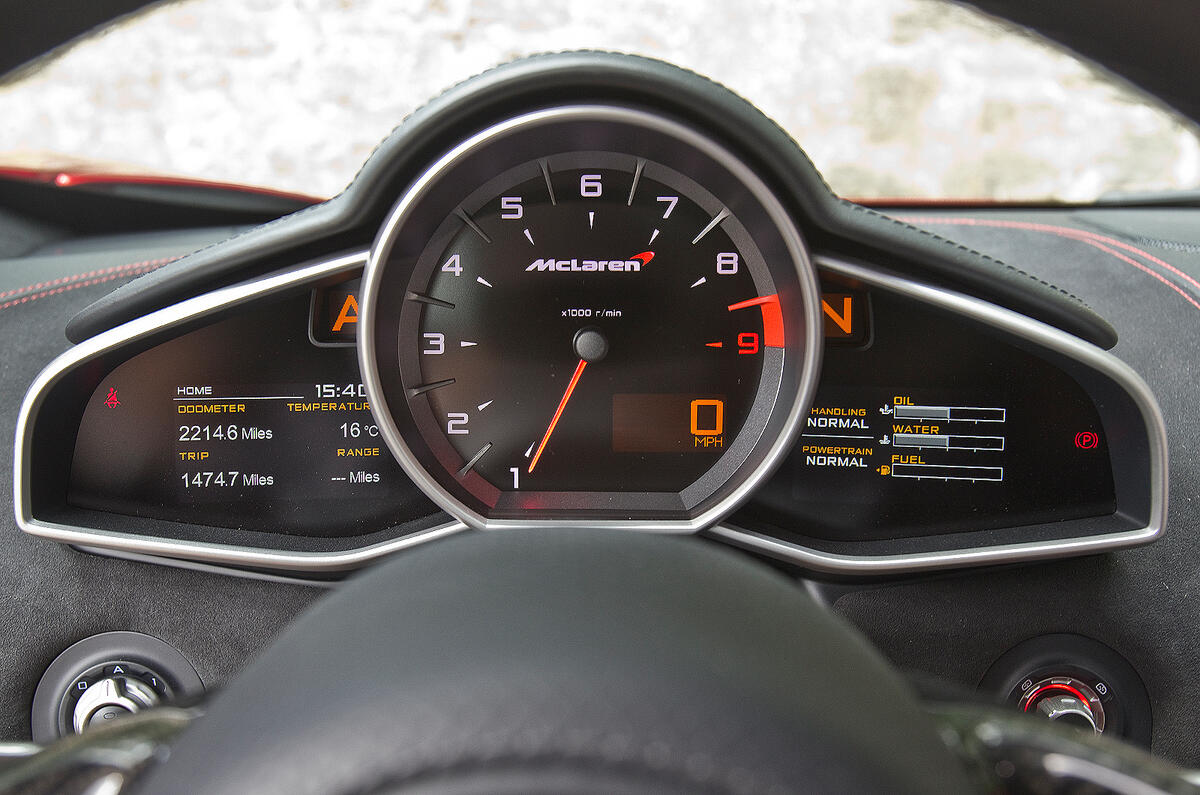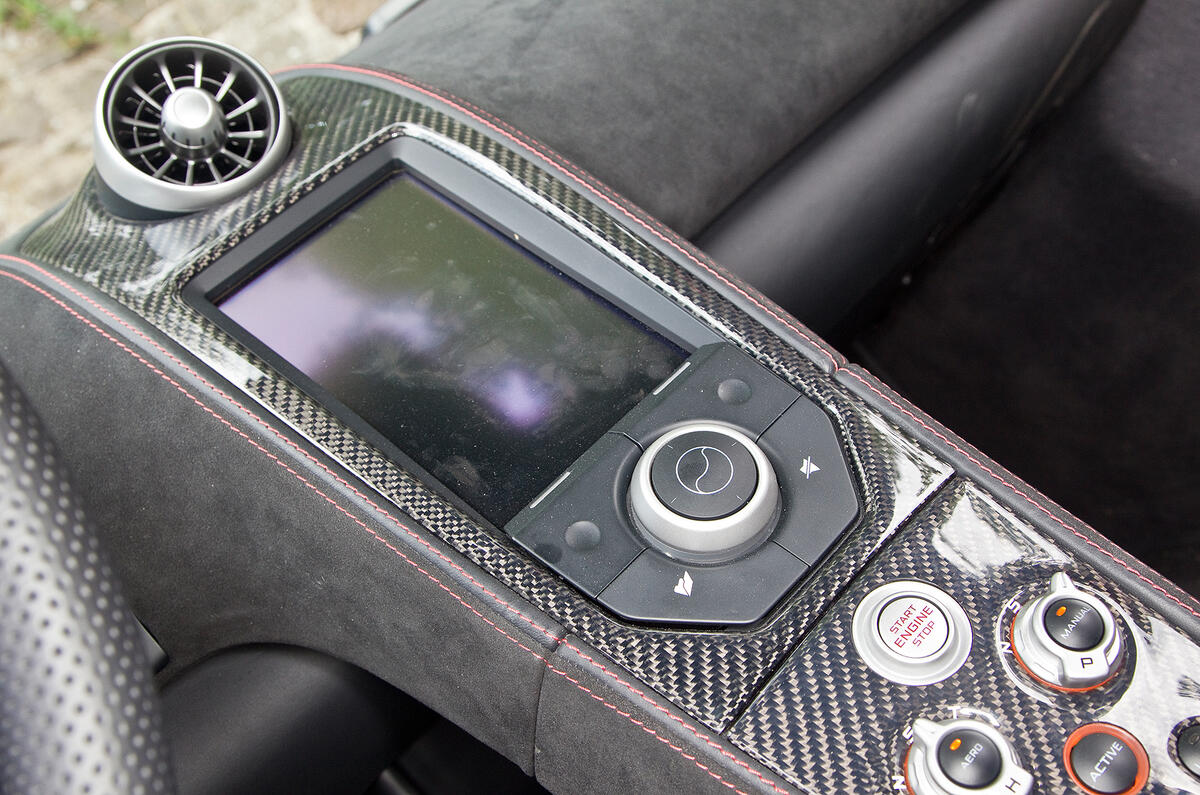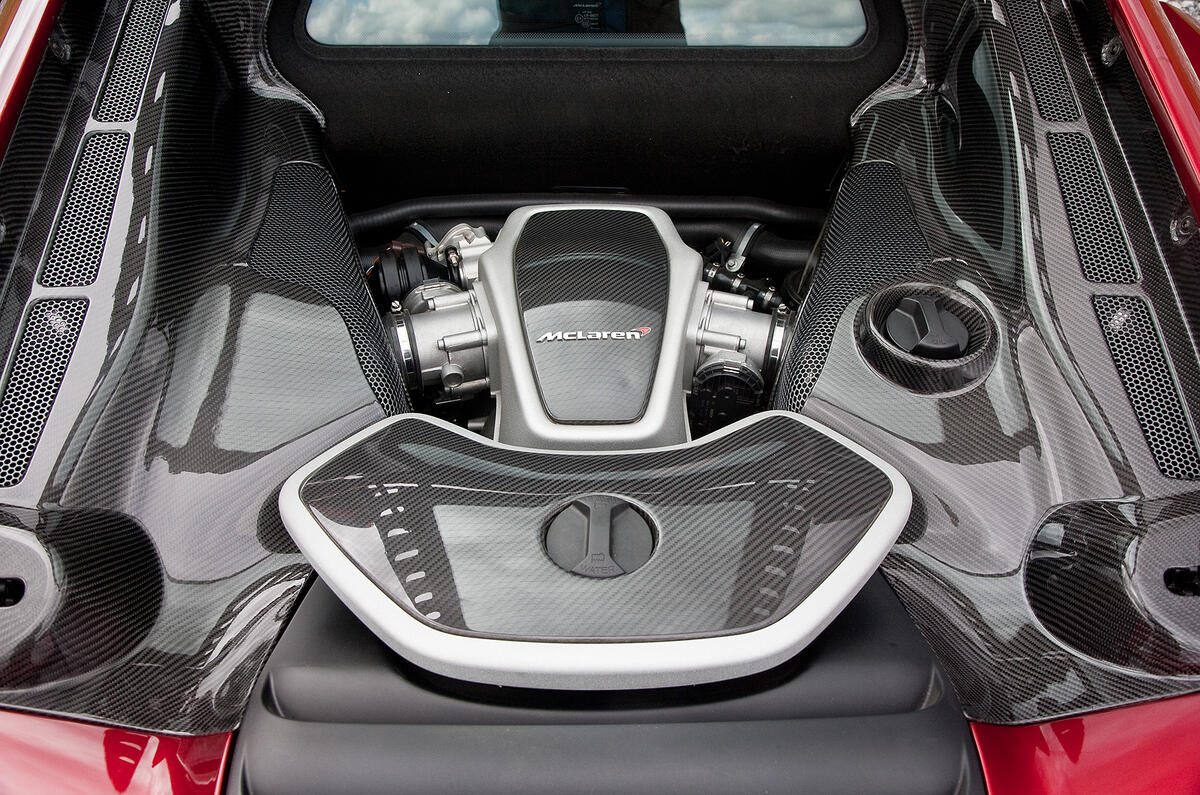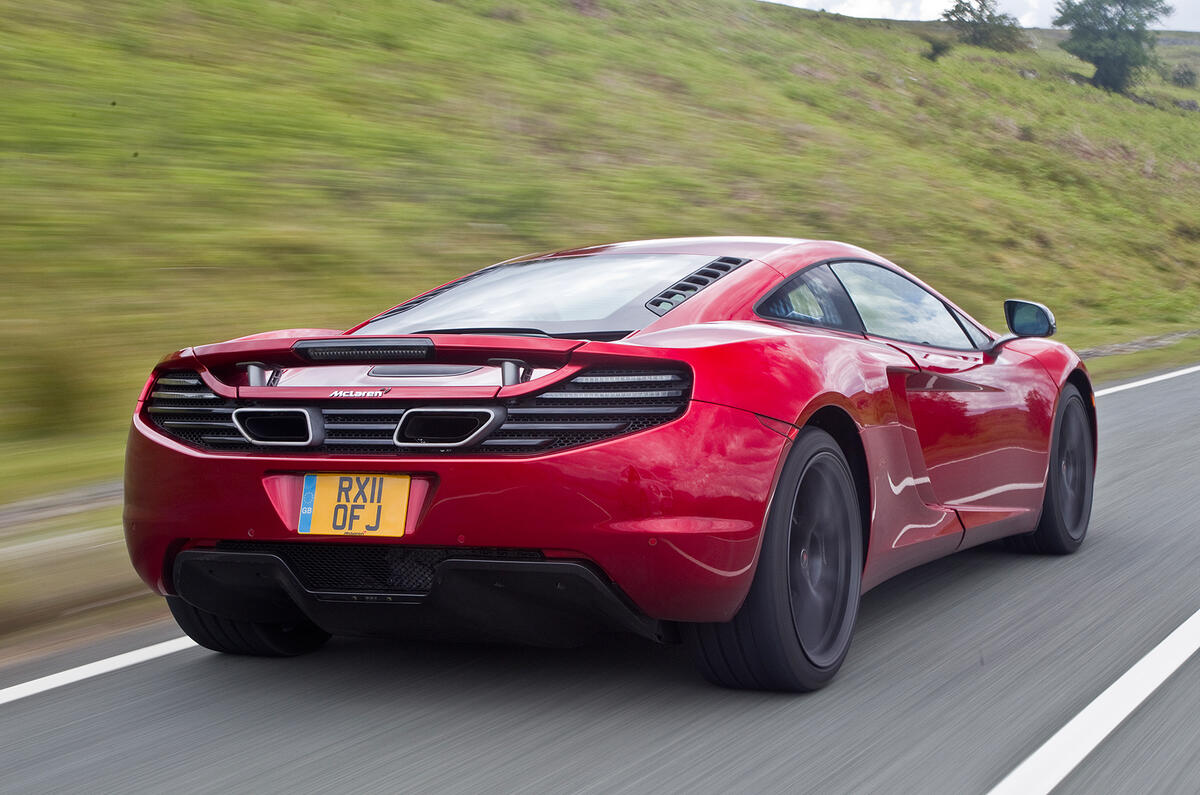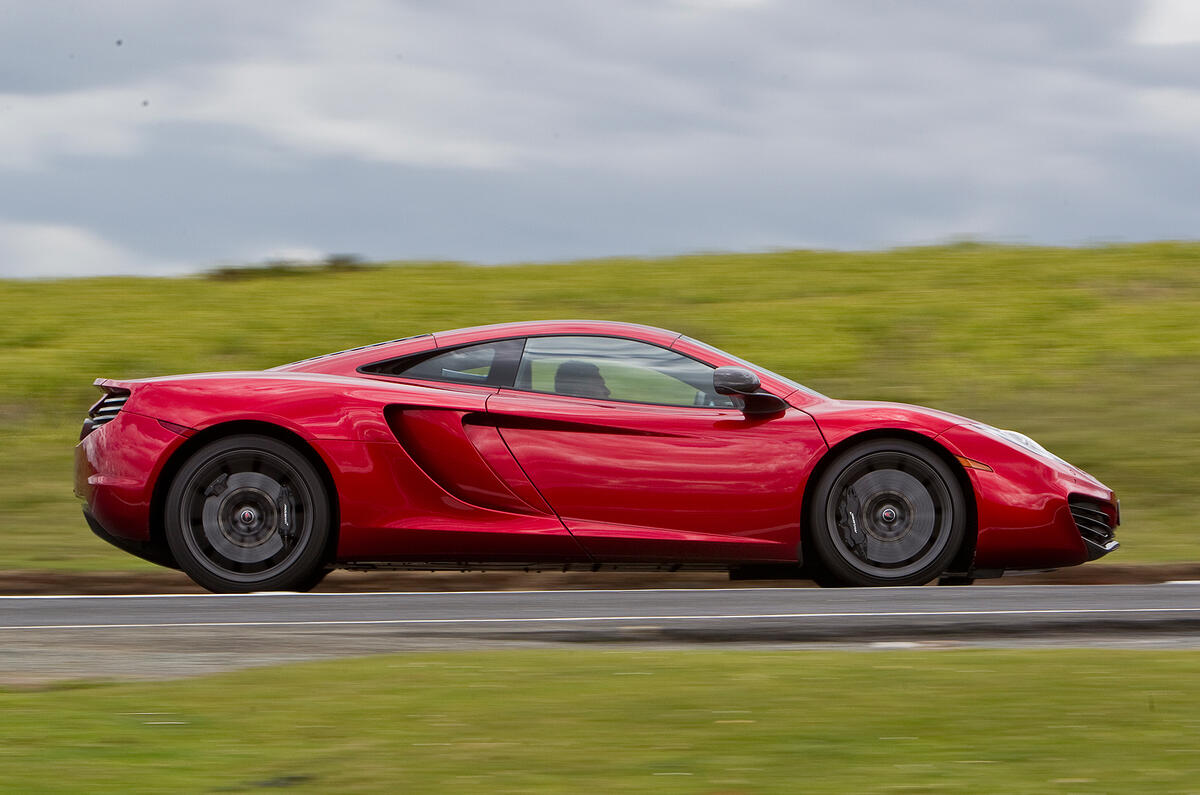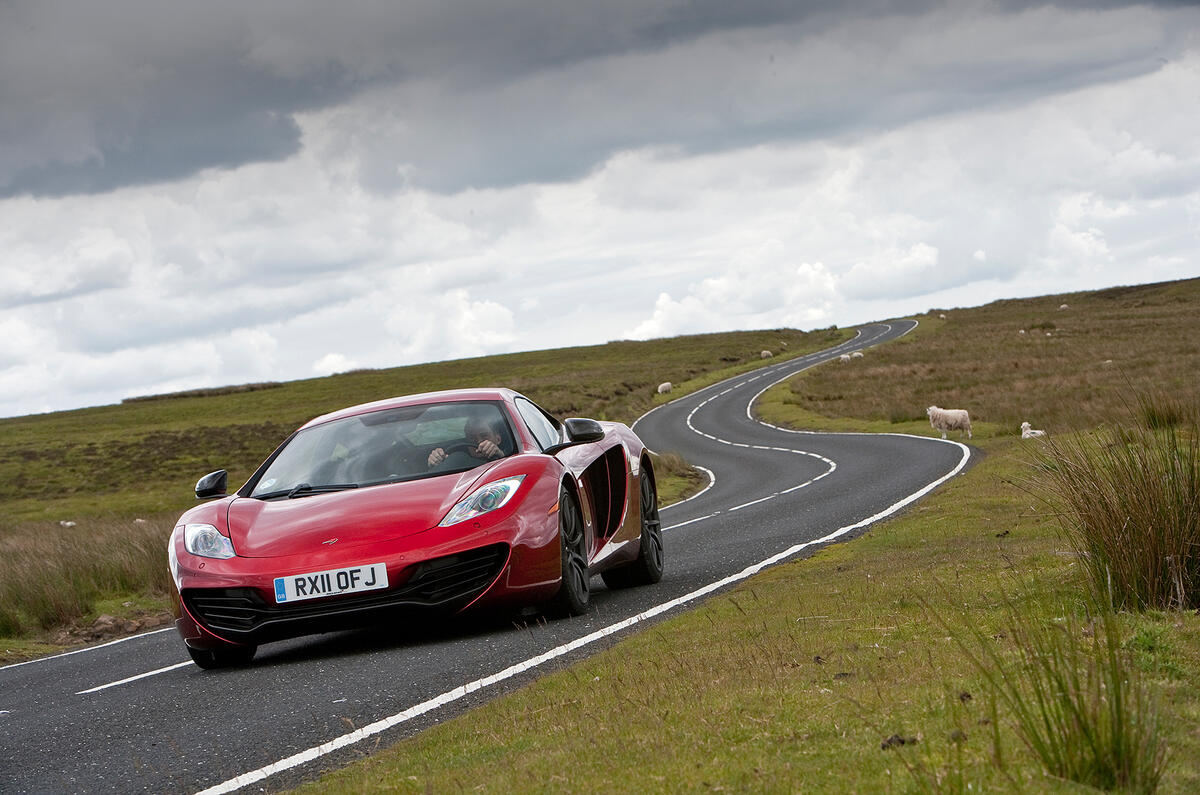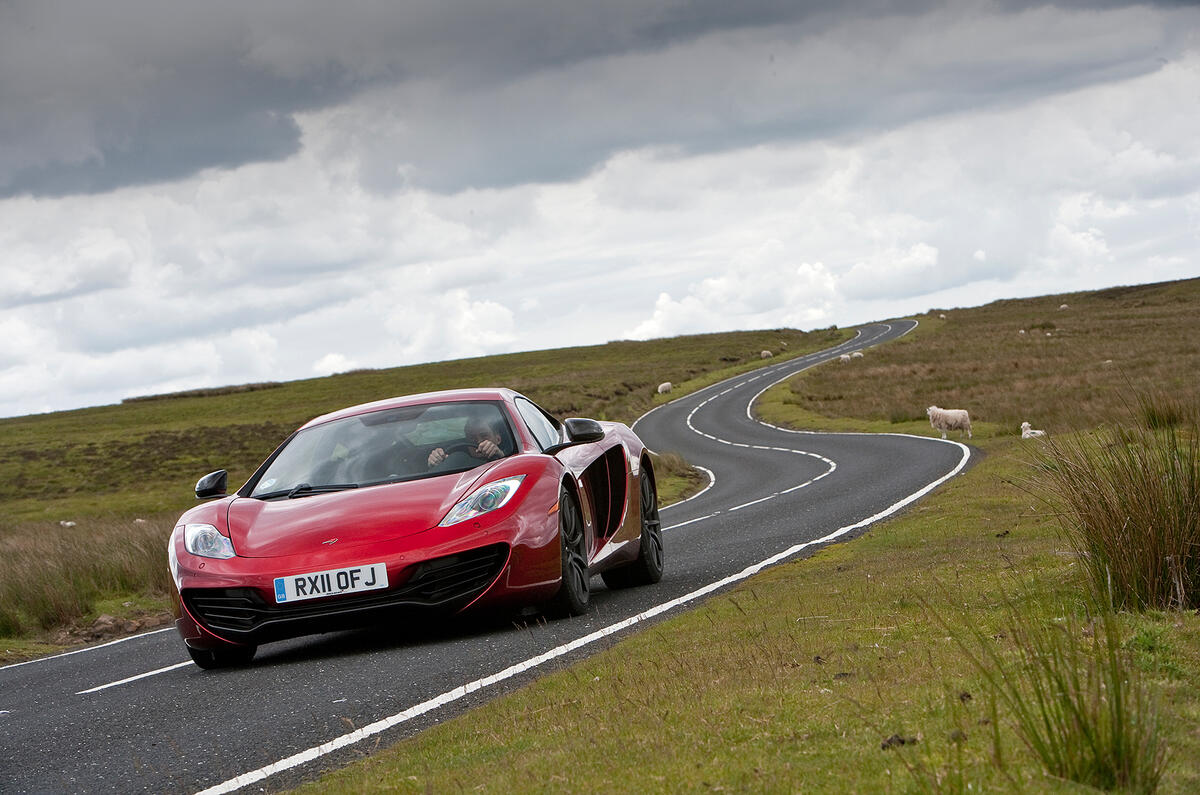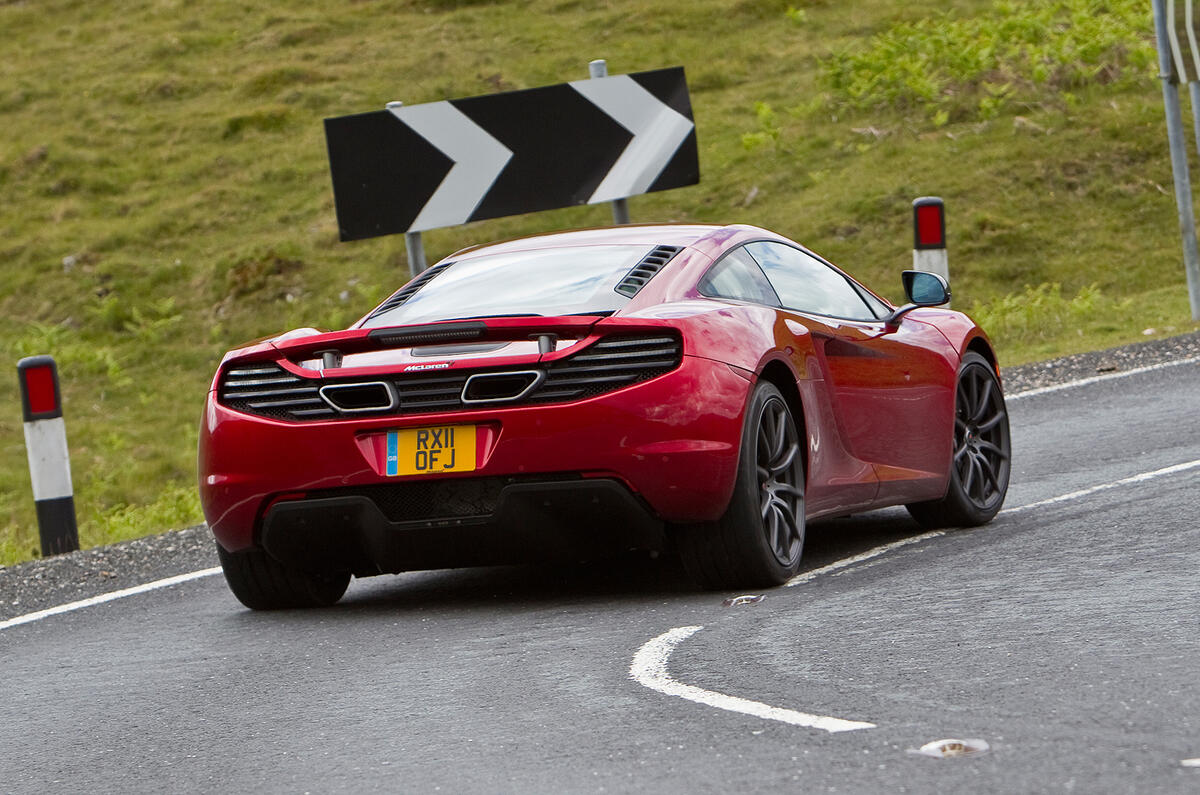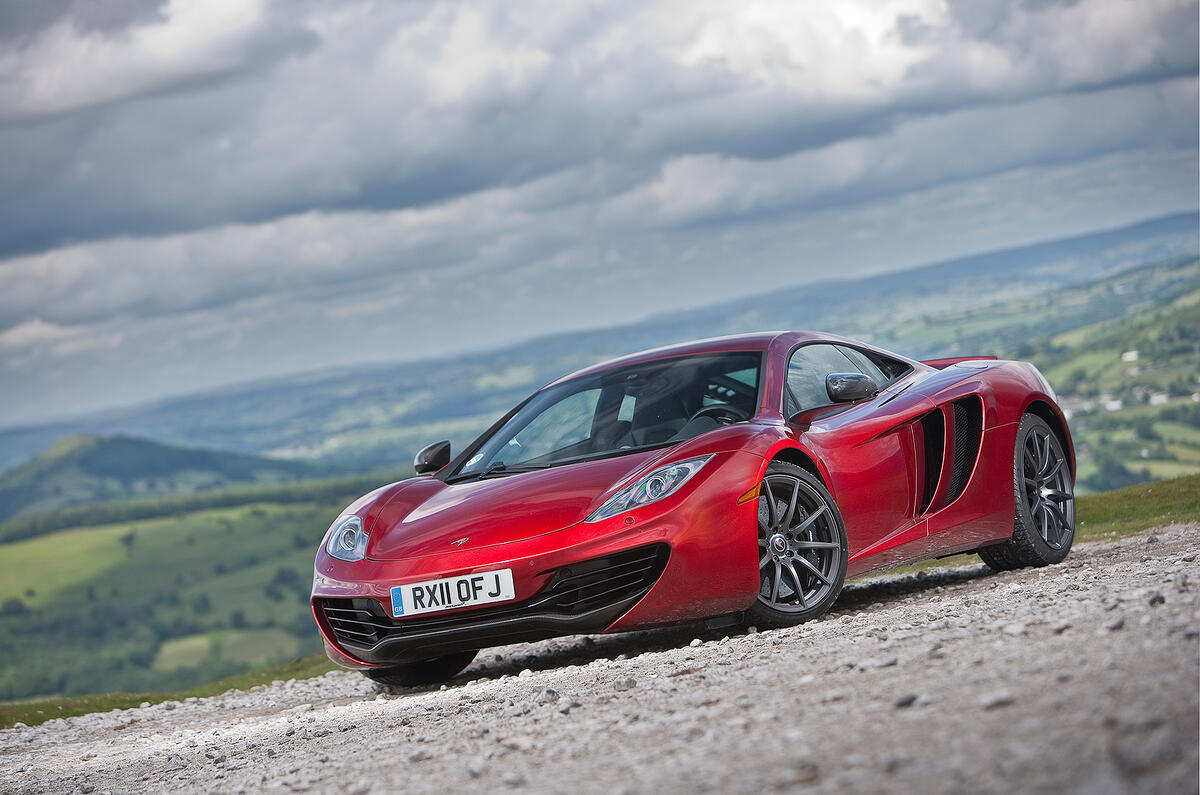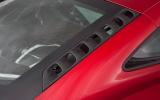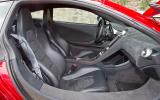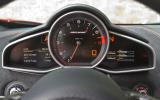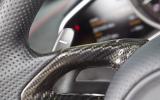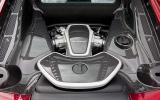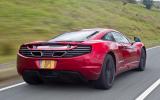The 12C’s styling has always been controversial, mainly because it was never as instantly eye-grabbing as Ferrari’s 458.
However, if the reaction of onlookers is anything to go by, the 12C’s looks are ageing well, helped by the fact that, as far as the punter is concerned, this is currently 'the McLaren', whereas Ferrari’s 458 is merely part of a four-tier range. Late in its gestation, the shape is in danger of looking a little dowdy, but some attention to its grille and lights at both ends have made the difference.
Unlike the Ferrari 458, the McLaren has a carbonfibre tub produced in one piece by a revolutionary McLaren-developed process. Its twin virtues are extreme lightness and rigidity, and the fact that the same structure can be used as the basis of the 12C coupé and Spider.
It is also closely related to the P1 structure (with further structural components). Aluminium subframes are mounted at each end to carry the engine, front and rear suspension and ancillaries, and to provide a crash structure. Body panels are made from a mixture of aluminium or composite materials, but to keep repair costs under control none of the outer skin is made from carbonfibre.
For the first time, McLaren has specified a unique engine, developed and built in the UK by Ricardo. Forced induction will soon become essential for supercar efficiency (AMG’s latest engines rely on turbos, as will Ferrari’s upcoming V8s) but McLaren has taken a leap into the future by using 3.8-litre, twin-turbocharged, flat-crank V8 that generates a spectacular 616bhp at 7500rpm plus 442lb ft between 3000rpm and 7000rpm.
Its specific outputs of 162bhp per litre and 117lb ft per litre both beat any rival. The engine started life with 'only' 592bhp, but a collection of upgrades that sharpened throttle response also lifted peak power to the current 616bhp.
As in the Mercedes-AMG SLS and Ferrari 458 Italia, the gearbox is a Graziano-built, seven-speed dual-clutch automatic unit with a manual, paddle-shifting override. The control electronics are all-McLaren, a fact noticeable in the impressive speed and smoothness of gearchanges.
Where the McLaren differs most from rivals is in its suspension design. Like most cars of its ilk it uses coil-sprung double wishbones at each end, but the rule-braking part is a set of linked hydraulic dampers, each of whose internal pressures (and thus damper rates) can be varied to resist roll and pitch, and also deliver three levels of ride quality according to the driver’s choice. The system removes any requirement for conventional steel anti-roll bars.
As standard, the MP4-12C’s disc brakes are steel, with carbon-ceramics an option. McLaren says the steel discs can give a shorter stopping distance but that carbon-ceramics are more resistant to fade with repeated track use.
As such, they’re fitted to all of McLaren’s demo cars but are likely to be the preferred option of just 30 percent of customers.


